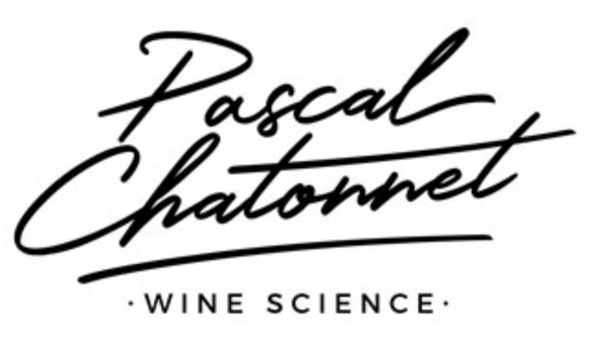We always think that wine is born first in the head of the winemaker, who gives it life, then in that of the taster, who gives it meaning.
It actually takes birth much earlier, from the earth and the fruit of the vine, shaped by the hand of the winegrower. But it would be an error to think that this fruit harvested and left to the works of Nature could produce Wine in the noble sense of the term.
It is indeed Man, the winemaker, who makes it possible to transcend the fruit of the vine into Wine and transmit to it the message of the place and the vintage.
Wine is a pure construction of human genius.
It is generally accepted that winemaking has existed for several millennia, which would have allowed Neolithic man to taste wine.
If archaeological remains of wild vine seeds are attested there are
11,000 years, the use of grapes and other fruits and fermentable foods such as
hawthorn, honey and rice in fermented drinks is only attested around 7000 BC. BC in China in the Neolithic village of Jiahu.
If winemaking remained rather “artisanal” for several millennia, the scientific revolution of the 20th century has largely transformed this art into an increasingly pragmatic science. Some will regret this development which, from their point of view, “would prevent the living from fully incarnating itself, standardizing the expressions of wine and reducing the possibility of connecting to nature…”. But producing wine in the strict sense is a serious and precise act which leaves, contrary to appearances and the sweet dreams of the enlightened, no room, not for Nature and spontaneity, but for improvisation and
imperfection. If this were the case, the product obtained by Nature and the laziness of sweet dreamers would not be wine at all but only very bad vinegar!
The production rules laid down in Organic and Biodynamics seek to regulate production essentially by regulating the inputs likely to be used during vinification, aging and stabilization of the wine until bottling. Before 2012, only the production of grapes was regulated by the European specifications for organic farming, and excluded the use of synthetic fertilizers and pesticides as well as GMOs. However, there were no rules governing the winemaking phase.
The 2012 legislation filled this void by setting a certain number of rules: limitation of usable additives, ban on certain techniques (such as heating the grapes above a certain temperature, electrodialysis, partial dealcoholization, concentration by cold, etc.), which made it possible to take a significant step towards clarifying the differences. It is therefore possible to find behind an AB label a wine with very variable additives depending on
the wishes of the producer.
Beyond the rules of organic agriculture described above, independent Biodynamic labels (the main ones are Demeter, Biodyvin, Nature & Progrès) have been created with the aim of setting more demanding specifications, based on is original..."on a deep reflection around the balance between the vine ecosystem (fauna and flora included) and the man ".
https://fr.wikipedia.org/wiki/Histoire_de_la_vigne_et_du_vin
The objective of winemaking respectful of biodynamic practices therefore tends
towards the abolition of any oenological input as well as the use of any practice aimed at modifying the natural balance of the grapes 2. Put simply: no additions, no withdrawals, no modifications.
All this remains in fact theory because, in practice, both Organic and Biodynamic have a list of “authorized additives” (inputs). The specifications for Biodynamics are more restrictive than those for organic farming and the maximum authorized sulfite thresholds are lower. In the case of Natural wines (AVN association), no input is simply authorized and for so-called SAINS wines this limitation applies to the entire wine production of the winery considered and therefore does not authorize the production of a particular vintage within the same cellar.
What then of the Agro-Synergic approach in terms of vinification, aging and packaging of wine for its delivery and aging?
Logically it is closely modeled on the organic specifications which require respecting the grapes as much as possible without necessarily doing without certain technological advances making it possible to facilitate the work of the winemaker, that is to say the act of making the wine or still direct nature to bring its vision to fruition.
https://www.demeter.fr/wp-content/uploads/2022/02/Comparatif-vin-bio-vin-demeter-2021.pdf
https://www.vinsnaturels.fr/vin-nature.php

